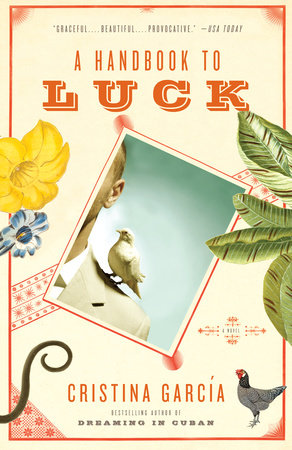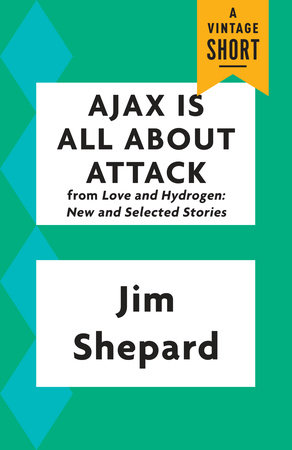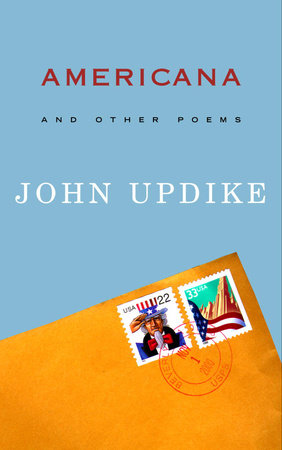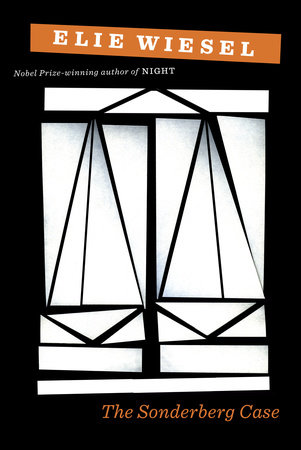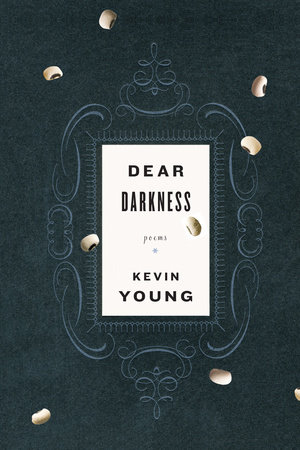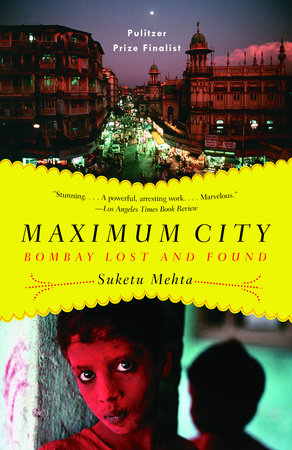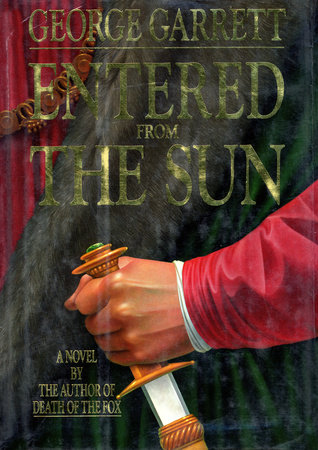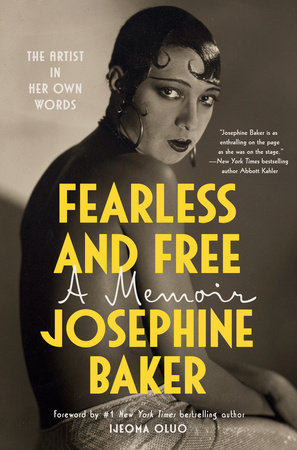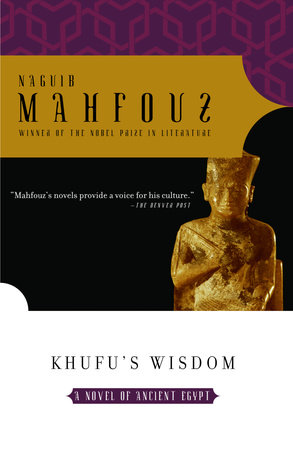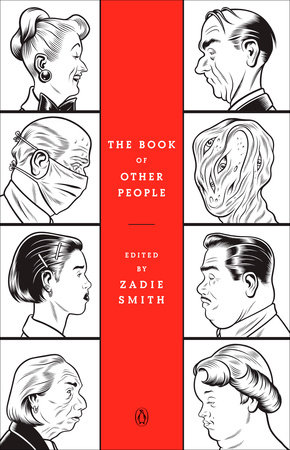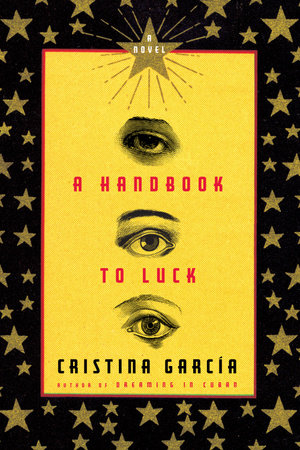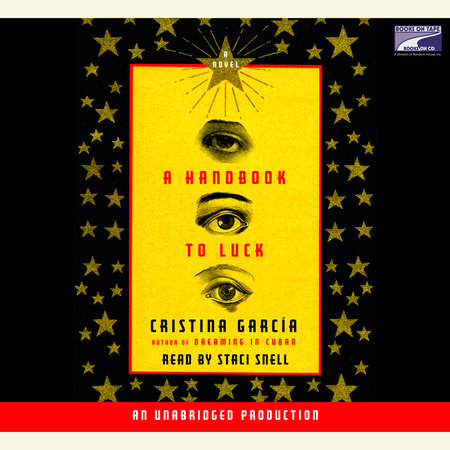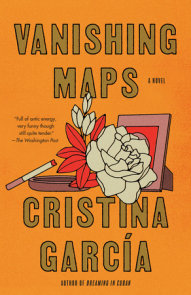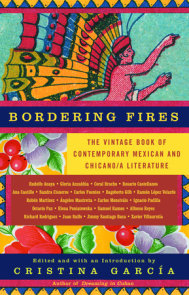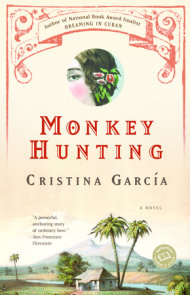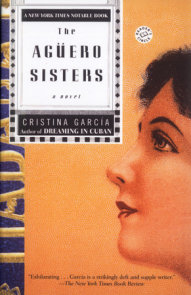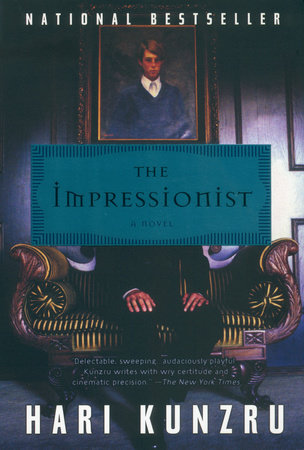Author Q&A
Q: A HANDBOOK TO LUCK ranges more widely from Cuba than some of your previous books. Why did you choose to do this at this point in your writing career? In what other ways does HANDBOOK differ from your previous novels?
A: I spent a large part of the last fifteen years living in Los Angeles, which one writer intriguingly called ‘The Capital of the Third World.’ It’s a city of immigrants with literally millions of stories of dislocation and adaptation, tragedy and dramatic beatings of the odds. It’s an irresistible place for a writer. I’d dedicated myself in my first three novels to telling the story of Cuba and its various Cuban migrations from different viewpoints and time frames. But it was time for me to move on. I woke up one morning on the edge of the Pacific and suddenly discovered that there were stories all around me. It was a matter of choosing what I wanted to focus on, of finding just the right characters to speak to these preoccupations.
Q: Where did the idea for A HANDBOOK TO LUCK come from?
A: When my daughter was little, I hired a babysitter to take care of her for a few hours a day. She was from El Salvador and every morning she came, it grew harder and harder for me to go to work. Her stories were that incredible. She could be watering the lawn or sweeping the kitchen and ask quietly: “Did I ever tell you the time I shot my first husband in the foot?” What!? My jaw would drop and I would stop whatever I was doing or intending to do and listen. Her storytelling went on for years! Well, this woman is the inspiration for my Marta character. She hasn’t worked for me for ten years but we remain close friends and I am the godmother to her daughter. And I still listen to her stories.
Q: The novel progresses from the year 1968 to 1987. Why did you choose this time period as your setting?
A: The time period roughly mirrors my own coming-of-age years and I felt confident describing a lot of what happened then. I have a political and cultural context for those years–a far cry from my last novel, MONKEY HUNTING, which was largely set in colonial Cuba.
Q: The main characters in A HANDBOOK TO LUCK are an impoverished girl from San Salvador, a privileged girl from Tehran, and a boy originally from Cuba who lives in Southern California and Las Vegas as a child. You are from Cuba and live in California, but was it hard to imagine the landscapes of Tehran and San Salvador?
A: I felt that I needed to go to El Salvador and Iran to do this novel justice. I couldn’t get a visa to go to Iran (I tried three times) but I managed to spend a couple of weeks in El Salvador, mostly traveling around with my daughter on the back of a flatbed truck with my old babysitter and her daughter. We visited her family all over the country, and listened, listened, listened. Many people talked to me about the civil war, something which is not spoken of much there, at least not openly. It’s almost as if there’s been an unspoken collective amnesia to avoid discussing unpleasant memories. But the trauma of the war lives on in everyone. In the book, I give the act of witnessing the war’s atrocities to Evaristo, Marta’s brother, who spends most of his life living in trees.
Q: The three main characters live in California in some point in the novel. Did you choose this state because you are familiar with it, or do you think it’s more of a melting pot than other states?
A: California is immigration central for the United States; Los Angeles, in particular. There are more Vietnamese living in L.A. than any other place in the world outside their home country. The same is true for Salvadorans and Koreans and Mexicans and Japanese–you name it. My daughter and I have done a lot of foreign travel, but we’ve crossed as many cultural boundaries living in Los Angeles as we have crossing international date lines. “What country do you want to visit today?” I might ask her on any given Saturday and we could very well find ourselves immersed for the afternoon in East L.A. or Koreatown. There are extraordinary cultural opportunities in L.A. that most people don’t appreciate or take advantage of, to their detriment.
Q: Your novel explores the notion of luck and circumstance. Why did you decide to focus on this?
A: Since I was a kid, I’ve been fascinated by notions of luck and fate, coincidence and destiny and chance. Was this meant to be? Do good things always emerge from bad, as my mother would tell me? How will my life be different if I turn left this minute instead of right? I was happily plagued by questions like this all the time, and they followed me into adulthood. To my mind, there is nothing more fraught with peril and luck (good and bad) than migration. In A HANDBOOK TO LUCK, I tried to write a story that combined my interests and obsessions on these themes.
Q: All of the characters in A HANDBOOK TO LUCK seem to outgrow their traditional family backgrounds and move on to a more modern, American life. How true do you think this is to the typical immigrant experience?
A: Yes, my characters do outgrow their traditions and try hard to adapt to life in the United States. I’ve certainly seen this in almost every immigrant community I’m familiar with. But the price is often high and immigrants may end up feeling like they don’t belong anywhere–not back home, not in their adopted country. Then memory goes to work on the past, as it always does, distorting it, selecting incidents, and revising history. That’s the basic recipe for nostalgia, isn’t it? Every immigrant I know struggles to find a balance between the present and the past, between the preservation of his or her traditions and language and becoming culturally fluent in their new surroundings.
Q: You were born in Havana and raised in the United States. How does your experience inform your characters?
A: As an immigrant myself, I can speak to the cultural duality that comes from “living on the hyphen,” as another Cuban writer put it. I know what it’s like to be both a participant and an observer in a new culture, to be an insider and an outsider at the same time. It made for many uncomfortable moments when I was growing up but now I see it as an incredibly privileged place from which to write.
Q: What’s next for you?
A: I’ve started a new novel tentatively titled The Lady Matador’s Hotel, which is set, for the most part, in a luxury hotel in Central America ten years after the end of its civil war (a thinly-disguised Guatemala). It features a widely divergent cast including my main character, Suki Palacios, a female matador of Mexican-Japanese descent who grew up in Los Angeles. She’s in town to participate in the first all-women bullfighting competition in the Americas. And that’s only a sliver of the story.
